Leaderboard
Popular Content
Showing content with the highest reputation since 11/15/2025 in all areas
-
Edited to add: disregard the question below, but I'll leave this in case it helps others. After creating a Combination 2 and quitting and restarting X-Plane, Combination 2 is now an option for a keyboard shortcut target. ----- Great add on! Is it possible to set a keyboard shortcut to any combinations other than CL650:panel_combination:Combination 1? I can add multiple combinations to access via the Challenger 650 -> Panel Combinations menu, but only Combination 1 shows up as a keyboard shortcut option. Thanks!2 points
-
2 points
-
Would be wonderful to know if the team is working on the new 12.3 weather radar implementation for the 737. Will definitely look forward to it!2 points
-
I suppose I should demonstrate some form of life. I'll have to get with Jan on that as our radar (best I recall) had most of the features of the real thing. As far as "coming out soon", here's what I'll say....and this is overdue for sure....and I'm not going to convince anyone to believe me or not on the timing. It will get looked at and updated at some point. As sure as this is my 20th year actively involved in X-Plane work, it will continue to be so. A year and a half ago, things changed for me when Laminar announced its new store initiative in Montreal. I took a job with Laminar to completely rewrite its developer documentation. This was a "look to the future" for both myself and X-Plane, at the cost of 'now'. Laminar are looking to embrace a future generation of developers and we need to have better learning materials to engage this generation to develop for X-Plane, so I'm that guy....thats for Laminar. For myself, I needed more stability and a cushion, as the add-on market for X-Plane is still too thin to have any kind of long term security. Taking on this work with Laminar has allowed me to close out all other obligations and stay in the X-Plane ecosystem for the foreseeable future. The 'problem' for my customers and X-Aviation thus far, is that the initial phase or work to revamp and deploy the documentation was/is huge. New developer web site, new manual formats, a new, interactive PlaneMaker manual, lots and lots of rewriting, new illustrations...etc....and that has taken a good while to develop and received all my focus to get to what we call the "initial deployment" of the docs out the door. That initial deploy is not terribly far off. After the initial deployment, I will settle into a more regular time schedule that will afford me the time to get back to my own work. It has been my effort over the last year to try and achieve a point where I can only work on X-Plane endeavors between now and my retirment......and there have been personal hurdles along the way that are neither anyone's concern or business, but real to me just the same. It is my intention to crack open the MU2 and 737 again in early October, to resume work on my 'X-Aviation' things. I have discussed this with X-Aviation also. Between now and then I am focused on getting an initial deployment of the new docs out the door for Laminar. We will look at the IXEG radar early on for sure. I want to remain developing for X-Plane fully and it is my firm belief that this path i've taken was the required path to do so, and I apologize for the silence and delays. -tkyler2 points
-
The DA40NG Main Menu is missing and no keys to start the engine. I am running XP 12.0.9-rc-5. Installed the XP 12 version 1.0.2 (twice) of the aircraft. I see that the plugin is listed under the PluginAdmin.1 point
-
1 point
-
In flight it should work! Let me know if it does not for you, we will troubleshoot together then.1 point
-
1 point
-
Thank you, I'm trying exactly this way I assigned the button to "Speedbrakes toggle between arm/disarm". But it was to no avail. This screenshot was taken on the ground as an example. But the problem also manifested itself in flight. We'll try the recommended one on our next flight.1 point
-
Might jump in, but i think most dont realize this was almost lost, but thanks to @Litjan with a far smaller team, its being kept going. I do understand the FMS is requiring a whole rework to use XPLANE nav data saves an extra down load with a few bug fixes, but also sound bein redone to FMOD as the current sound engine causes some users issues. I believe Litjan was also temporarily helping Laminar, so there you have it, just takes a little research. Thanks cant wait1 point
-
1 point
-
1 point
-
No. It's just a software bug. A fix has been delivered to TorqueSim by the developer, and is awaiting release.1 point
-
Version 1.0.0
81 downloads
This is the official interior paint kit for the Take Command! TorqueSim CitationJet 525. Included are Affinity Photo, Substance Painter, and Photoshop files. Terms of use: You are free to use these files in nearly any way you like. You can create, share, modify, or post them on forums without any limitations. However, you are not allowed to charge money for any textures created using these files without written permission from TorqueSim, nor are you permitted to sell this paintkit. If there are any questions, please visit the forums at forums.x-pilot.com or our discord.1 point -
This is due to a simulator bug in 12.3, there is no known workaround. We are all waiting patiently for a fix to be released by Laminar Research. Sorry for the inconvenience.1 point
-
1 point
-
1 point
-
1 point
-
Thanks for your professional insight; I will follow your recommendations. My best guess is that the c/g has been too far forward1 point
-
Apologies, you're spot on - I'm not sure how I missed that! It does indeed look like I have a sticky rudder sometimes, thanks!1 point
-
1 point
-
1 point
-
If you hear nothing from us, assume that the project is not abandoned but no work has been done on it that would warrant us sharing any progress info. If we abandon the project, we will announce this here - so if we don´t - you know it´s not abandoned.1 point
-
Version 2.3.0
15,070 downloads
ATTENTION: To use this aircraft, you must own a X-Aviation product, to get Gizmo plugin. If you don't own one, please don't download this aircraft! P.180 Avanti II for X-Plane 11 - CURRENT VERSION: 2.3.0 (uploaded at: February 25th, 2020) If you want to support P.180 Avanti development, please donate here: PAYPAL v2.3.0 Main Features Compatible only with EXPERIMENTAL FLIGHT MODEL (11.40+), capable of flying up to M.67 at altitude. Terrain Radar operation via PFD/MFD buttons. Tablet for aircraft loading (engines must be off and the aircraft stationary), and access to AVITAB. Librain Support. See Change Log for more! If you don't have Gizmo already installed in your X-Plane copy, there is an version of Gizmo in the folder extra files. Put the Gizmo.plugin folder in you X-Plane 11/Resources/plugins folder. If you already have Gizmo, DO NOT SUBSTITUTE the existing one with this. MIGHT BREAK OTHER GIZMO ADDONS!!! If you find reflections too high, in the extra files folders are textures to change that. Copy the low reflections texture into the objects folder, and replace the existing one! v2.2.0.VR NOW VR COMPATIBLE with the help of SimVRLabs! OFFICIAL SUPPORT: Official Bug tracker: https://bitbucket.org/iliastselios/p180_avanti/issues?status=new&status=open Support Forums: DESCRIPTION: As you might already know this aircraft is based on X-Plane's default P.180 Avanti , originally designed for X-Plane 8, was included in X-Plane 9, and from that point has been overhauled to Avanti II version. This is aircraft is totally FREE! It is a "return" to the X-Plane community that supported us those last 4 years that we exist as a development team! This aircraft main features are: High quality visuals, cockpit all new 3D model and textures, including PBR materials. Simulated: a. startup and shutdown procedures b. engine controls and operations c. autopilot controls and operations d. partially operation of the electrical, pneumatic, hydraulic, fuel systems. Emulation of Proline 21 avionics suite. Currently there is only one layout that will allow you to operate the aircraft in all scenarios. Many improvements will come in the future. Installation in the 3D cockpit of the default X-Plane 11 FMC. Improved flight characteristics. Internal custom lighting. Of course Avanti development is not stopping here! Actually the overall development will be continuous, and the aircraft will always be in beta stage. Updates and upgrades will be available frequently! Main planned future upgrades are: Adding more functionallity to Proline 21 avionics suite, heading from an emulation to a simulation. Custom NAV maps. Custom FMC. Fully simulation of all systems. New 3D model from ground up. Improved flight model. Avanti EVO. Special thanks to: Austin Meyer for giving his permission to use parts of the Avanti on this project and X-Plane by Laminar Research that gave us this magnificent simulator! The team that originally developed Avanti for X-Plane, Robert Pearson (aerodynamics), Massimo Durando (cockpit & 3D cockpit), and Javier rollon (External Model. JRollonPlanes www.jrollon.com) for his fantastic 3D work. @Hueyman for the propeller 3D model and the prop disc images. Ben Russell of Gizmo64 for his support and that made available to us that powerful tool (aka Gizmo), and Cameron Son of X-Aviation for the support. And of course X-Plane community for the interest in that project and patient to wait to be realized!1 point -
Hi, @Cameron I’d like to clarify something. At no point was I disrespectful in my wording. Using terms like “abandoned” or “disregard” was not meant as a personal attack, but rather as an honest reflection of how the situation looks and feels from a paying customer’s perspective. I believe constructive discussion includes not only praise, but also criticism...sometimes strong criticis, especially when issues remain unresolved for years. Expecting customers to tone down their language to a point where frustration cannot even be expressed seems unreasonable. I respect the work behind the scenes, but I also ask for the same respect in allowing honest, even if firm, feedback.1 point
-
That’s all very nice to hear, but as paying customers, we’ve been listening to “behind the scenes stories” for years while the aircraft remains broken, outdated, and without proper updates. Promises, secret details, or “trust me, it’s being worked on” don’t change the reality: the IXEG 733 has been in the same state since its rushed XP12 release, leaving customers with a paid product that feels abandoned. Transparency and real communication through official channels would speak louder than any private conversation.1 point
-
It's not dead at all!. Before I say this, a bit of disclosure. I AM NOT involved with IXEG, and I will not discuss or mention details/plans I will let official channels do so. I met Tom at FSExpo this past year in PVD and had a good hour long discussion with him about (mostly) the 737 we all love. NO IT'S NOT DEAD. He discussed details with me that if he wishes to share one day he can, but it's not my story to tell. But it's a VERY interesting story at that!. You folks would not believe the dark side of developing that happens. Like many of you, I too have been frustrated with the 737, but after talking to Tom at Expo, I can say I heard it from the horses mouth, THE 737 IS STILL BEING WORKED ON!!! Again I won't discuss what Tom discussed with me about what's being worked on. ALso @tkyler I would like to thank you again for you time at expo, was an absolute pleasure meeting and talking!1 point
-
YES! I FINALLY found the fix in the net after HOURS of search. Now I can normally exit the game and go to the settings menu WITHOUT to kill the process... Here is the solution written:https://forums.x-plane.org/forums/topic/325851-xp-1213-4-on-linux-freeze-not-ctd-on-exit/#comment-2864294 and here https://forums.x-plane.org/forums/topic/326955-x-plane-12-hangs-on-exit-linux/ I only needed to run sudo ln -s /bin/true /usr/bin/pulseaudio I am still learning linux but I think its an symbol link creation... Linux wizardry that I want to learn and thats an very good thread to start learning some things hehe Thanky to you all for trying to help me. Have an nice flight :-) EDIT: So naturally I can now access the CL650 settings :-)1 point
-
Version 1.1.2
1,087 downloads
Based on real world CL605 9H-VFE operated by VistaJet. I had to take some creative liberties with the cheatline as it did not fit 100% on the model as per the real airframe and I couldn't get the line to intersect the nose, cabin door, overwing exit and APU area closely to the real airframe without it - I hope the end result is ok! The registration CANNOT be changed due to limitation of this airframe having a wing registration so I opted not to use the built-in registration feature and painted the registration on the livery itself. NOTE: Painted for XP12's new lighting engine - NOT tested in XP11. Appearance may be unsatisfactory in XP11 Features: Beautiful custom PBR silver paint effect Adjusted AO layers Adjusted exterior labels Not to be distributed or copied without explicit permission.1 point -
I assume by recent posts you mean the update dated 1st Feb 24? Which was useful in laying out what IXEG intend to tackle in the short/ medium term, but was over one and a half years ago. Or perhaps you mean your most helpful one word update on progress - "Great" on the 6th May 24? It's fair to say that a status update from the IXEG team is due, so people at least have an idea of what is being worked on by the IXEG team, and how the team are progressing. The majority of people in this forum are asking because they care and they really like the IXEG aircraft; NOT to diminish or detract from the excellent work already done or to pester the team.1 point
-
1 point
-
Version 1.0.0
31 downloads
This is a 4K-livery for the CIS Piper Seminole PA44, inspired by https://www.flightaware.com/photos/view/5955446-95ea0f812192917462e6a0a2a2ad9f3b0cf5cd28 To install, extract the zip file into the "liveries" folder. If you enjoy my work, consider supporting me on Patreon to cover some of the horrendous Adobe-costs ;).1 point -
1 point
-
1 point
-
Version 1.0.0
135 downloads
This is a livery for the Hot Start Challenger 650, inspired VP-BKM. To install, extract the zip file into the "liveries" folder. You can supply your own registration, VP-BKM is not printed on the stabilizer. If you enjoy my work, consider supporting me on Patreon to cover some of the horrendous Adobe-costs ;).1 point -
1 point
-
I’m a bit confused by your post, as the timeline doesn’t quite align. At the time of your purchase, there was no talk of an upgrade for a version of the simulator that didn’t yet exist, as we developers were not aware of X-Plane 12 at that point either. You purchased it two years before we ever mentioned a free upgrade to new purchasers. It is not possible for you to have "bought this aircraft because it included an upgrade to XP12." We'll post news when we're ready. I believe we're getting to a point of sooner than later.1 point
-
1 point
-
1 point
-
That worked. 1. Uninstalled DA40NG 2. Moved all third party plugins 3. Reinstalled DA40NG 4. Ran X-Plane 5. Loaded aircraft 6. Registered aircraft with Gizmo 7. Verified RSG Diamond DA40NG menu is visible and accessible 8. Exited X-Plane 9. Moved back third party plugins 10. Repeated steps 4, 5 and 7 (2X) - All good. Thanks for your help.1 point
-
Version 1.0.0
57 downloads
The Piper PA-34 Seneca is a twin-engined light aircraft, produced in the United States by Piper Aircraft. It has been in non-continuous production since 1971.[4][5][6] The Seneca is primarily used for personal and business flying.[1] This Piper PA-34 200T CPT_Iceman_PA34_Seneca_II MOD for XP-12 can be gotten at: Seneca II – JetStream FS It is a great MOD! Special thanks to Diogo Alencar for the permit to use his PT-VGR livery. Refinishing of the classic twin-engine Seneca II in the colors of the PT-VGR (this one is originally a Seneca III, as we do not have this model for the Xplane, the II is the one that most resembles). Classic painting by Piper, of this twin engine that was a sales success in Brazil.1 point -
1 point





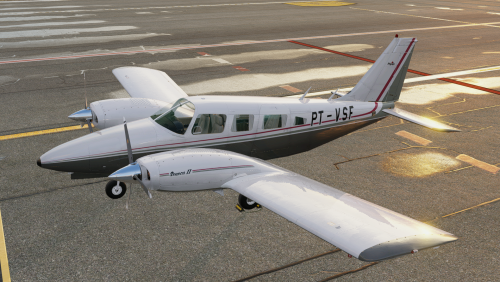
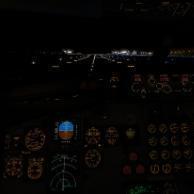

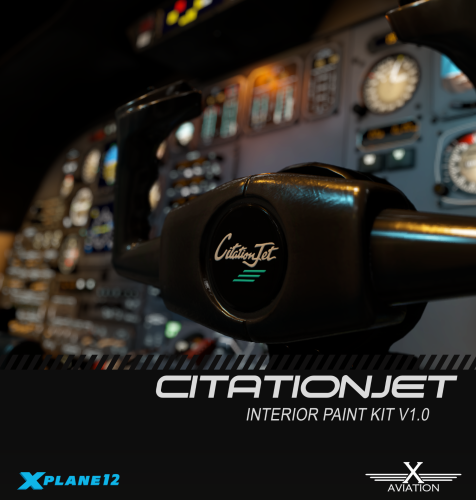


.thumb.jpg.918607737807e53a554b25f73027100f.jpg)

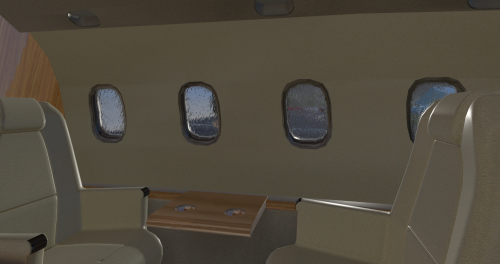





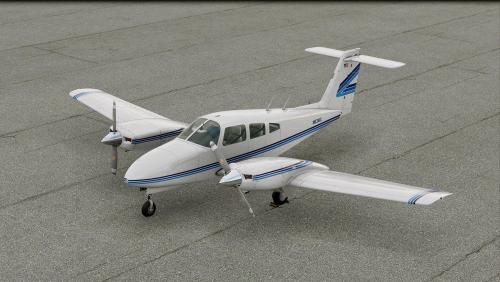
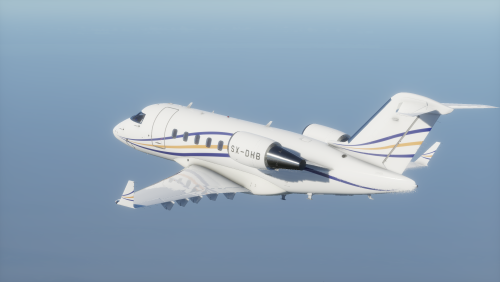
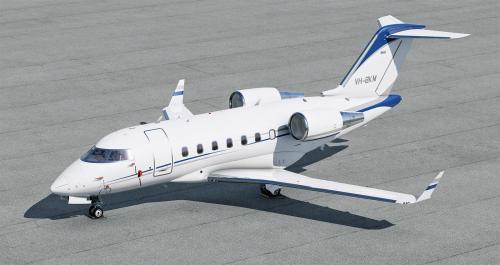
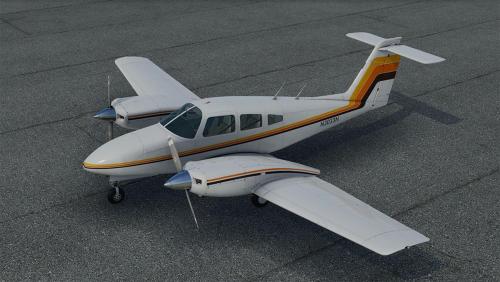
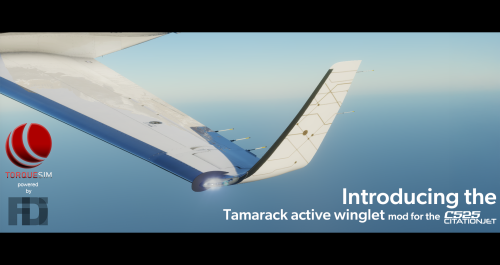
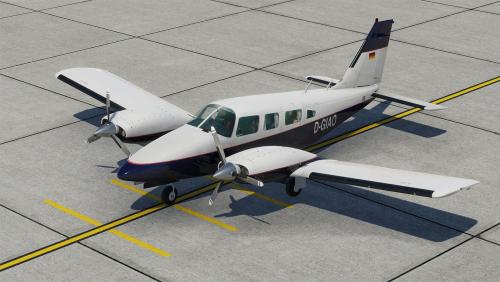


.thumb.png.6e53072dc13ae782eba156836c228351.png)